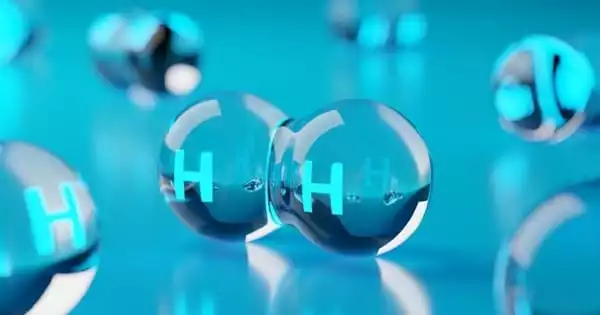Surfaces are essential to many chemical processes, such as corrosion and catalysis. Both chemists and engineers must comprehend the atomic structure of a functional material’s surface.
In order to better comprehend the distinctions from its bottom layers, researchers at Nagoya University in Japan employed atomic-resolution secondary electron (SE) imaging to capture the atomic structure of the very top layer of materials. The journal Microscopy published the researchers’ findings.
‘Surface reconstruction’ is a phenomenon in which the atoms on the surface are arranged differently than those inside certain materials. This requires surface-sensitive methods to examine, particularly at the atomic level.
The researchers discovered that atomic resolution SE imaging works well for detecting surface atomic configurations. Strong confirmation of the method’s sensitivity was provided by their findings, which showed that the intensity of SE pictures from the surface layer was roughly three times higher than those from the second layer.
Traditionally, scanning electron microscopy (SEM) has been an effective tool to examine nanoscale structures. SEM works by scanning a sample with a focused electron beam and capturing the SEs emitted from the surface. SEs are typically emitted from a shallow depth below the surface, making it difficult to observe phenomena like surface reconstruction, especially if only a single atomic layer is involved.
In order to quantify the amount of information that SE imaging can extract from the surface and subsurface layers, the Nagoya University research team used the most straightforward system possible, a two-layered molybdenum disulfide (MoS2) sample. They used the technique to separate the surface layer from the second layer by stacking two layers of MoS₂.
With a very high surface sensitivity, the researchers discovered that atomic resolution SE imaging works well for detecting surface atomic configurations. Strong confirmation of the method’s sensitivity was provided by their findings, which showed that the intensity of SE pictures from the surface layer was roughly three times higher than those from the second layer.

Atomic-resolution SE images of a single-layer MoS₂ sample revealed stunning honeycomb-like structures composed of molybdenum and sulfur atoms. Beyond its visual appeal, SE imaging revealed overlapping patterns, indicating distinct atomic arrangements in the surface and second layers.
According to Koh Saitoh, lead author and researcher at Nagoya University’s Institute of Materials and Systems Sustainability (IMASS), “most notably, the SE yield from the surface layer was about three times greater than from the second layer.” SEs from the second layer may be absorbed or dispersed by the surface layer, according to this result. This absorption adds to the depth sensitivity of the technique.
Utilizing atomic resolution SE imaging, the team hopes to uncover surface structure at the atomic level, including surface reconstruction and other distinct surface-formed structures. Understanding these processes is crucial for managing the development, production, and mechanical and electrical characteristics of nanomaterials.















